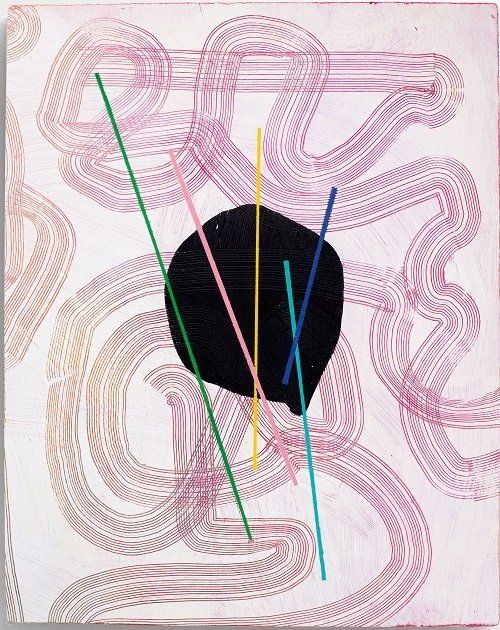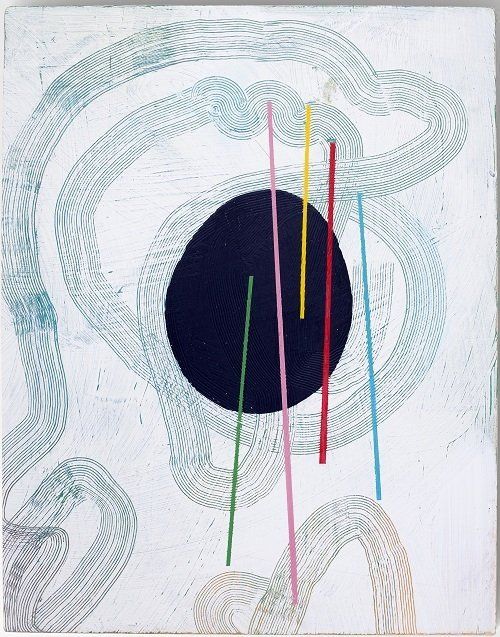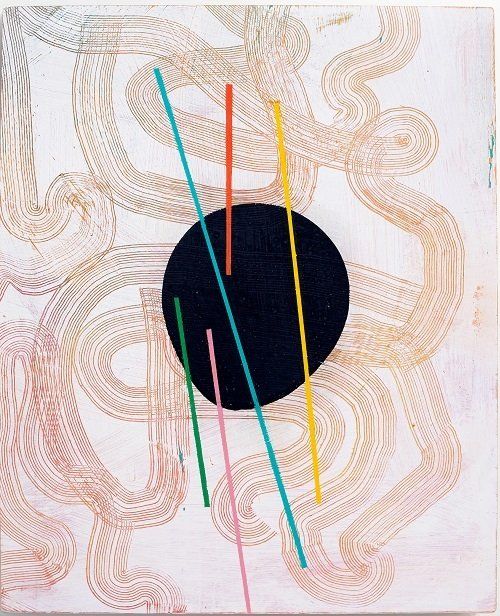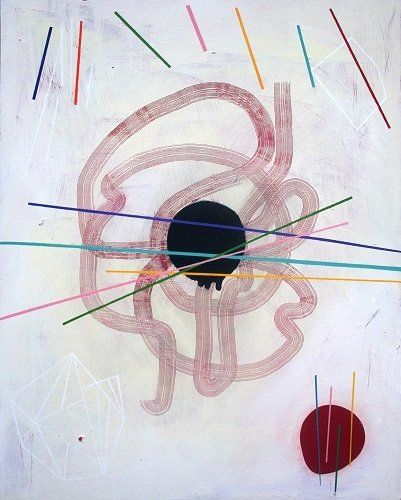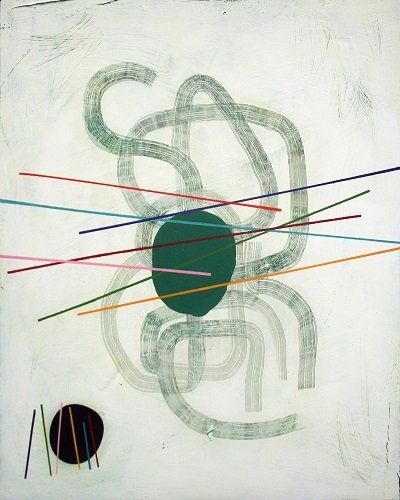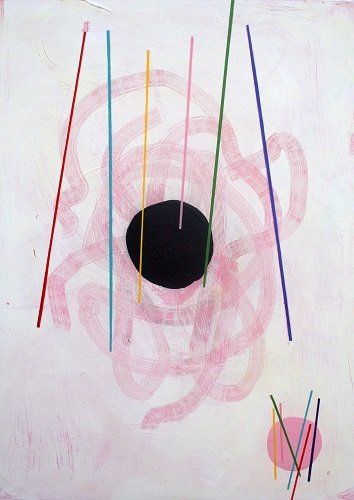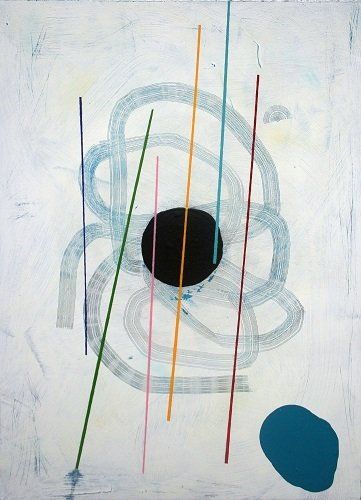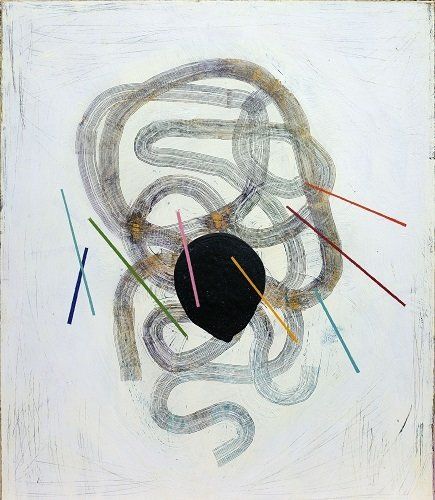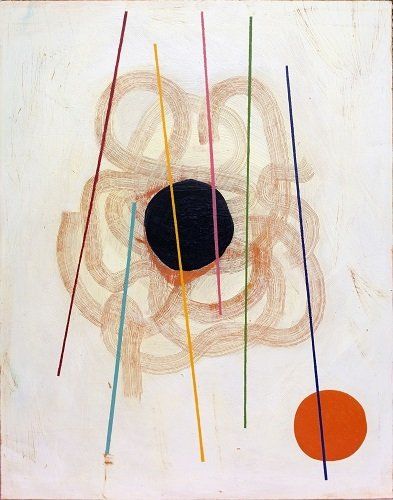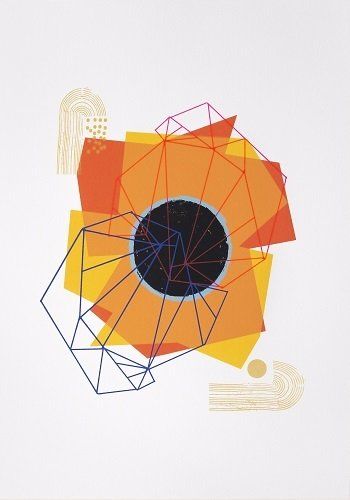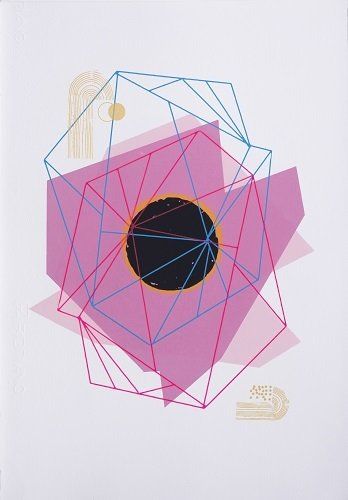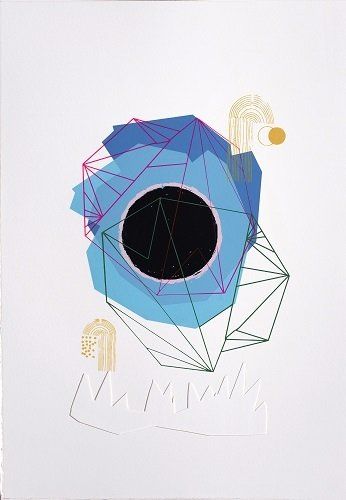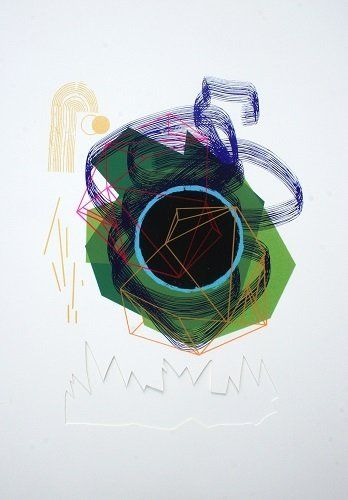ALTER / ALTAR, a solo show by Aisling Conroy, 12 Sept - 02 Oct 2021, Olivier Cornet Gallery
12 September - 02 October 2021
Solo show
Artist: Aisling Conroy
Launch of the show:
- At the gallery, Sunday 12 September, 2:00-6:00 pm in the presence of the artist (Please book a time that suits you by calling/texting or emailing
us)
- On line in our 3D Virtual Space, Sunday 12 September from 2:00 pm onwards.
Availability of the show:
- Tuesdays to Sundays at the gallery from 14 September to 02 October (please book a time).
- Online in our 3D Virtual Space
from Sunday 12 September.
An online catalogue can also be viewed/downloaded here.
The show is accompanied by an essay by Ingrid Lyons.
Please note that the gallery will be open until 10pm on Culture Night, i.e. on 17 September 2021.
The artist has invited the band CUA to perform at the gallery from 7pm to 8pm.
See more details here.
The Olivier Cornet Gallery is delighted to present this solo show by the artist Aisling Conroy, a member of our AGA group.
'ALTER / ALTAR'
ALTER / ALTAR is Conroy's response to the current climate of transition, universal unrest and shift in the collective consciousness. In this new work, the artist attempts to create types of multi-hyphenated worlds that glean and appropriate ideas from her ongoing interest in Eastern and Western philosophies.
Conroy seeks to compare these multihyphenates to the new multi-hyphenated ways in which we now live, taking on numerous roles and titles often necessary to survive and advance. These new ways can often create chaos, fragmentation and even darkness before they manifest into something more transformative. There is a symbiosis happening here: when one 'alters' or changes, one also needs to purge and offer up an old part of themselves (altar). Conroy incorporates several motifs of various doctrines and philosophies (i.e. Zen Buddhism, Tantric Hinduism, Shamanism, the Occult) to simulate these shifts. The artist's process is intuitive, repetitive and ritualistic, constructing paintings that could be interpreted as a type of incantation to past lives and new beginnings.
The show will run until 02 October 2021.
"In this new series of paintings and prints, Conroy moves through an exploration of form and colour as it pertains to the processes of painting and print making. With her recent award-winning short film Bardo providing a counterpoint to investigate illustrative representation and the work within Alter/Altar considering recurrent abstract motifs in her own work, she seeks out a language of form. In these compositions she often disregards responsibility towards practical function and instead depicts structures that spring forth as manifestations of ideas that take place intuitively, leaving space open for unpredictability and imagination.
These paintings and prints incorporate references from previous works that have been deconstructed, allowing them to become part of a new piece. This process of construction and deconstruction is one of the defining factors of Conroy’s practice as fragments within the work are granted a cyclical function and so take on a symbolic meaning within each new series. Recurring motifs and gestures are applied and their reiteration demonstrates a pictorial conversation, where none are sovereign, but each are dependent on their relation to each other.
References to the dialectic of conscious and subconscious, inside and outside are ubiquitous and thus evoke the work of Henri Michaux, particularly Miserable Miracle (1956) as a poetic example of this dynamic. Michaux (1899 – 1984) was a Belgian-born poet, writer, and painter who wrote in French.
‘Among silent breakers, the tremors of the shining surface, in the swift flux and reflux martyrising the patches of light, in the rendings of luminous loops and arcs, and lines, in the occultations and reappearances of dancing bursts of light being decomposed, recomposed, contracted, spread out, only to be re-distributed once more before me, with me, within me, drowned, and unendurably buffeted, my calm violated a thousand times by the tongues of infinity, oscillating, sinusoidally overrun by the multitude of liquid lines. Enormous with a thousand folds, I was and I was not, I was caught, I was lost, I was in a state of complete ubiquity. The thousands upon thousands of rustlings were my own thousand shatterings’.
Henri Michaux’s writings have a tendency to aggravate the line of demarcation between outside and inside in his struggle to resolve his inner understanding of the world with his outer participation in it. This is a sentiment echoed in Aisling Conroy’s work whose compositions conjure a structurally evolving internal landscape that acts as a vessel for memories and meditations.
Her idiosyncratic compositions simultaneously evoke a sacred geometry as well as signs and symbols of the occult, spurring reflection on dichotomies such as absence and presence, fragment and whole and Eastern and Western Philosophies. In a series of works that often relate to each other, there is a development of terrains, landscapes, archipelagos and cosmic phenomenon like lunar eclipses and constellations. In many of the works we see a sphere or black void, eluding to the Shiva Lingam painting tradition in India, images which functioned as Hindu meditation aids in which each of the symbols had a purpose in their making. The focal point of these paintings is often a black sphere or lozenge shape at the centre to represent the cosmos or potentially the womb and the purpose of these paintings is the visualisation of shared symbols.
Embedded in Conroy’s practice is her admiration for pioneers of 19th Century abstract art like Swedish artist and mystic, Hilma af Klint (1862 –1944) and Russian painter and art theorist, Wassily Kandinsky (1866 –1944). Consequently the work is given an art historical context that relates to developments in the medium of paint at a time when such artists were coming to terms with the diminishing emphasis or relevance of representation in painting. Both of these artists were also concerned with the Spiritual in art; how the elusive and the intangible might find visual expression.
Within Alter/Altar Aisling Conroy explores the boundaries between painting, print and her previous works in animation with a broad and experienced understanding of each process. In her work, we often witness the pictorial plane, fragmenting and compartmentalising; distilled into abstract forms. They appear as signs and symbols that might be read as part of the lexicon of an esoteric visual language and the purpose of such a lexicon is to deceive the senses and present us with a phantom world. In many ways, her work is concerned with how we represent thoughts, ruminations and dreams and she seeks out common signifiers of these thoughts as they might occur in the collective conscious."
- Ingrid Lyons
Coverage/Reviews:
EILE Magazine, 23 August 2021
The Gay News, 23 August 2021
Dnote, 24 August 2021
'Aisling Conroy is Taking to The Altar', Louisa Klatt, Radius Magazine, The University Times, 7 September 2021
Published online under the title 'Aisling Conroy’s New Show Examines Human Perception' on 13 September 2021
'The Best New Exhibitions To See This Month', Penny McCormick, The Gloss, 8 September 2021
'Round-up of the top arts exhibitions taking place around the country', Ros Drinkwater, Events Calendar, Business Post, 12, 19 & 26 September 2021
'In The Picture: Alter / Altar by Aisling Conroy', Visual Arts, Culture, rte.ie, 22 September 2021

